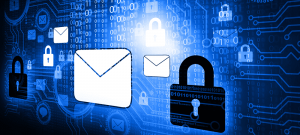Email Encryption. How to send and receive an encrypted email?
Email encryption involves encrypting, or disguising, the content of email messages to protect potentially sensitive information from being read by anyone other than intended recipients. […]
Read More